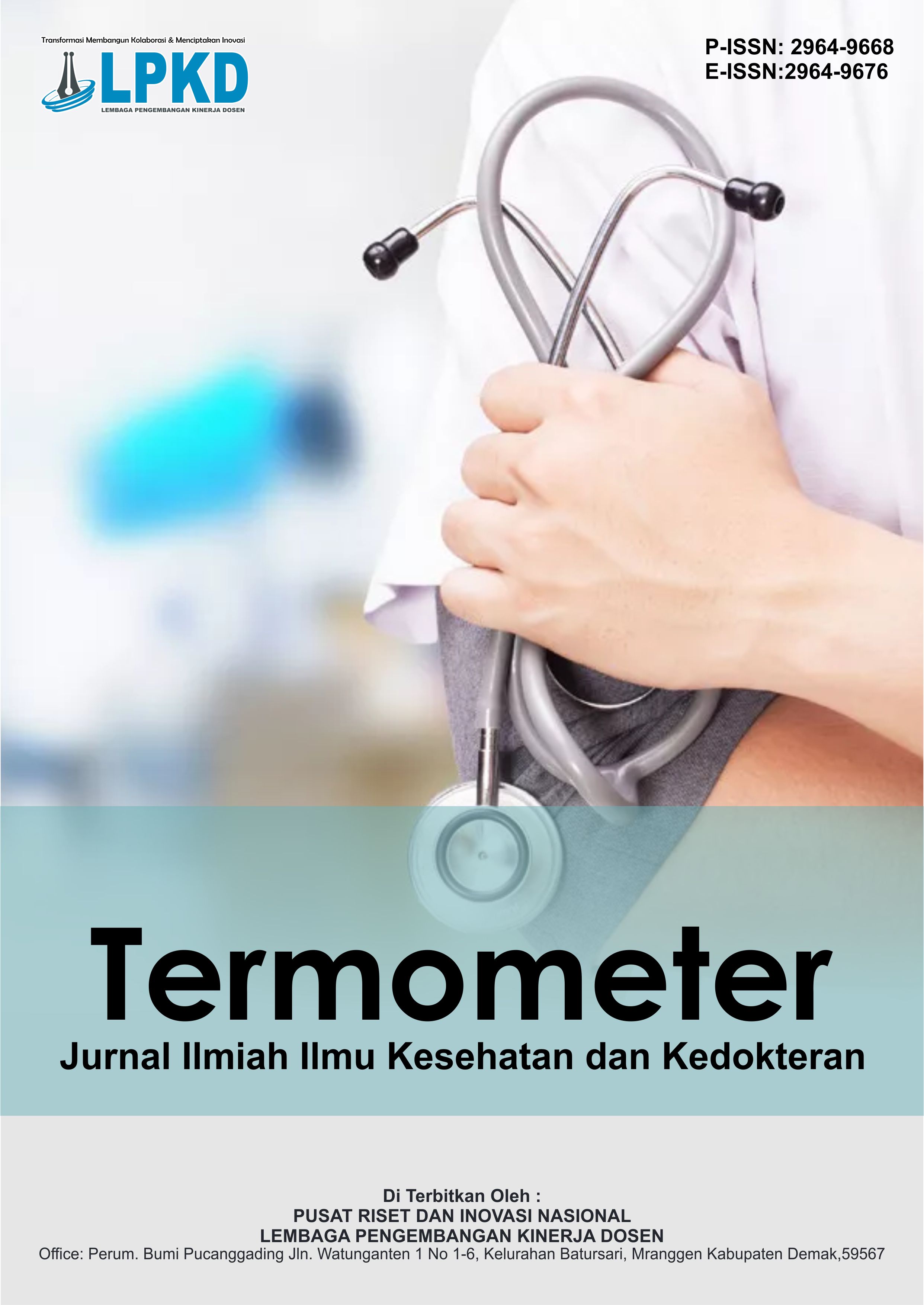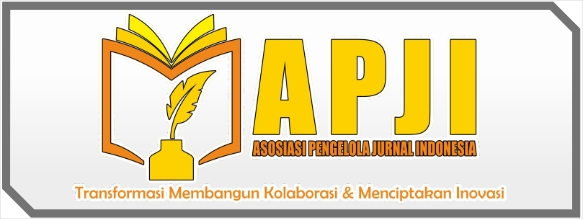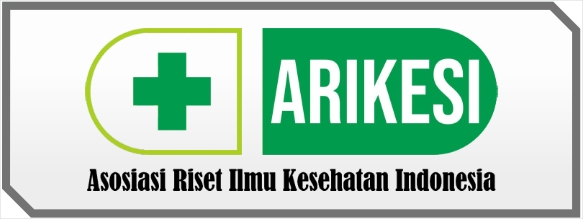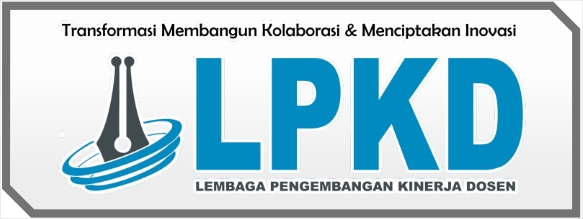Faktor Pengaruh Tekanan Darah dan Fungsi Ginjal terhadap Lama Rawat Inap Pasien Kanker Ginjal Post Nefrektomi
DOI:
https://doi.org/10.55606/termometer.v2i4.4382Keywords:
kidney cancer, length of stay, hypertension, kidney functionAbstract
Kidney cancer is the third most common urological cancer, following prostate and bladder cancer, with renal cell carcinoma (RCC) being the most prevalent type, particularly in Europe and North America. Its incidence increases by approximately 0.5% each year as age advances, peaking between 60 and 70 years, and it is more frequently diagnosed in men at a ratio of 1.5:1. This study aims to analyze the impact of blood pressure and kidney function on the length of hospital stay for patients post-nephrectomy at RSUD H. Abdul Moeloek, Bandar Lampung, using a descriptive analytical method and a cross-sectional design with the entire population as the sample. The findings indicate a significant relationship between blood pressure and kidney function with the duration of hospitalization, where patients with high blood pressure are 6.41 times more likely to experience prolonged stays (p = 0.04), while those with elevated creatinine levels are 8 times more likely (p = 0.041). In conclusion, hypertension and decreased kidney function significantly contribute to the extension of hospital stays for patients after nephrectomy.
Downloads
References
Athanazio, D. A., Amorim, L. S., da Cunha, I. W., Leite, K. R. M., da Paz, A. R., de Paula Xavier Gomes, R., Tavora, F. R. F., Faraj, S. F., Cavalcanti, M. S., & Bezerra, S. M. (2021). Classification of renal cell tumors – current concepts and use of ancillary tests: Recommendations of the Brazilian Society of Pathology. Surgical and Experimental Pathology, 4(1). https://doi.org/10.1186/s42047-020-00084-x
Autorino, R., Mayer Grob, B., Guruli, G., & Hampton, L. J. (2019). Partial versus total nephrectomy: Indications, limitations, and advantages. In Urologic Oncology (pp. 569–578). Cham: Springer International Publishing. https://doi.org/10.1007/978-3-319-42623-5_62
Bukavina, L., Bensalah, K., Bray, F., Carlo, M., Challacombe, B., Karam, J. A., Kassouf, W., Mitchell, T., Montironi, R., O’Brien, T., Panebianco, V., Scelo, G., Shuch, B., van Poppel, H., Blosser, C. D., & Psutka, S. P. (2022). Epidemiology of renal cell carcinoma: 2022 update. European Urology, 82(5), 529–542. https://doi.org/10.1016/j.eururo.2022.08.019
Capitanio, U., Bensalah, K., Bex, A., Boorjian, S. A., Bray, F., Coleman, J., Gore, J. L., Sun, M., Wood, C., & Russo, P. (2019). Epidemiology of renal cell carcinoma. European Urology, 75(1), 74–84. https://doi.org/10.1016/j.eururo.2018.08.036
Lopez-Beltran, A., Scarpelli, M., Montironi, R., & Kirkali, Z. (2006). 2004 WHO classification of the renal tumors of the adults. European Urology, 49(5), 798–805. https://doi.org/10.1016/j.eururo.2005.11.035
Makevičius, J., Pajaurytė, A., Samuilis, A., Lukšaitė-Lukštė, R., Jasiūnas, E., Jankevičius, F., & Miglinas, M. (2023). Evaluation of chronic kidney disease risk factors after radical nephrectomy. Applied Sciences (Switzerland), 13(6). https://doi.org/10.3390/app13063921
Rizal Ardy Hariandy Hamid, Rainy Umbas, Anak Agung Gde Oka, Chaidir Arif Mochtar, Wahjoe Djatisoesanto, Mohamad Adi Soedarso, Ferry Safriadi, R Danarto Syah, Mirsya Warli, Alvarino Zaharuddin, Ali Kurnia Penta Seputra, Aaron Tigor Sihombing, & Lukman Hakim, A. H. (2019). Pedoman tata laksana kanker ginjal (Edisi ke-2). Penyusun.
Yang, C., & Liao, Z. (2018). Comparison of radical nephrectomy and partial nephrectomy for T1 renal cell carcinoma: A meta-analysis. Urologia Internationalis, 101(2), 175–183. https://doi.org/10.1159/000490576
Downloads
Published
How to Cite
Issue
Section
License
Copyright (c) 2024 Termometer: Jurnal Ilmiah Ilmu Kesehatan dan Kedokteran

This work is licensed under a Creative Commons Attribution-ShareAlike 4.0 International License.










